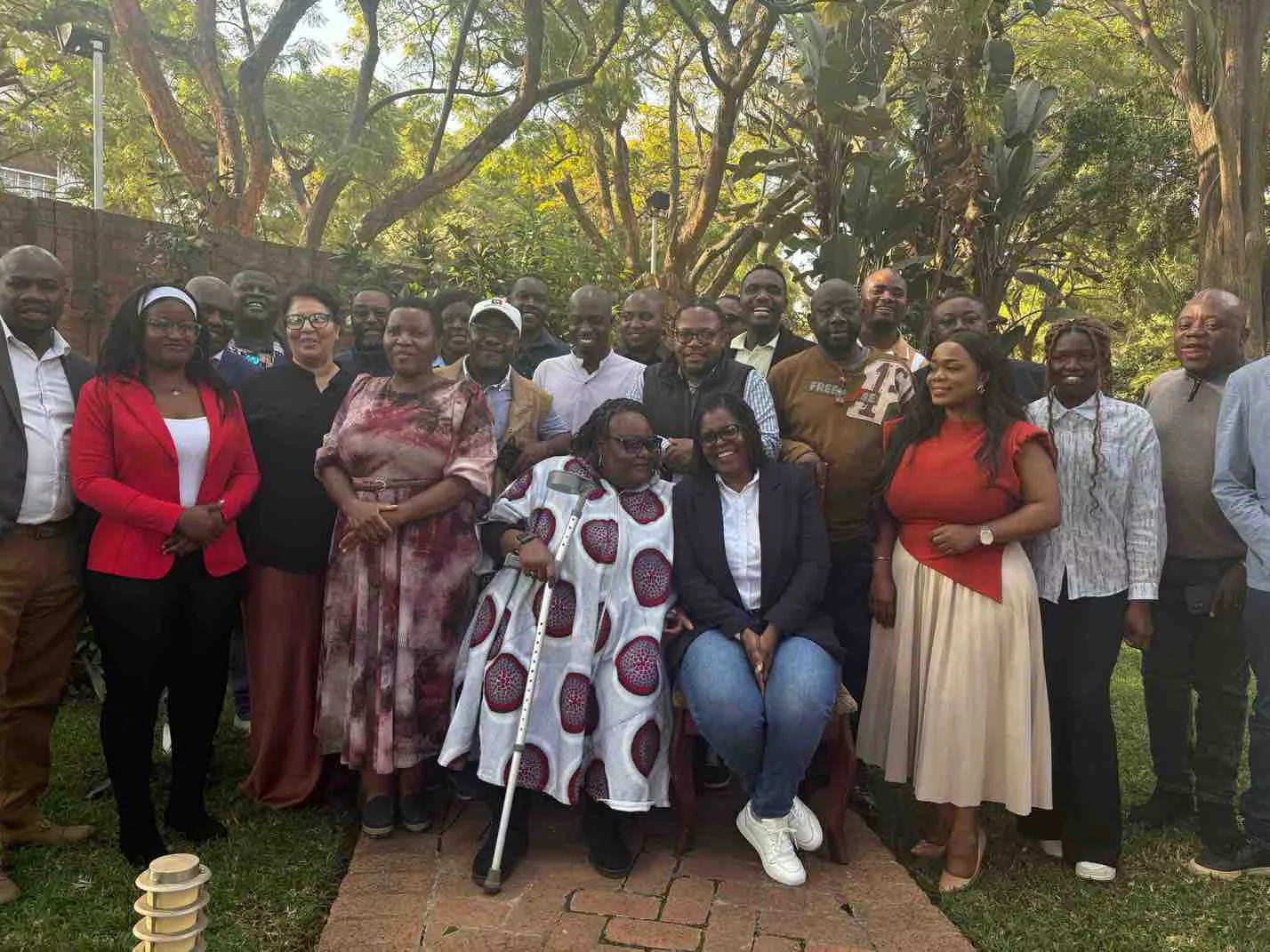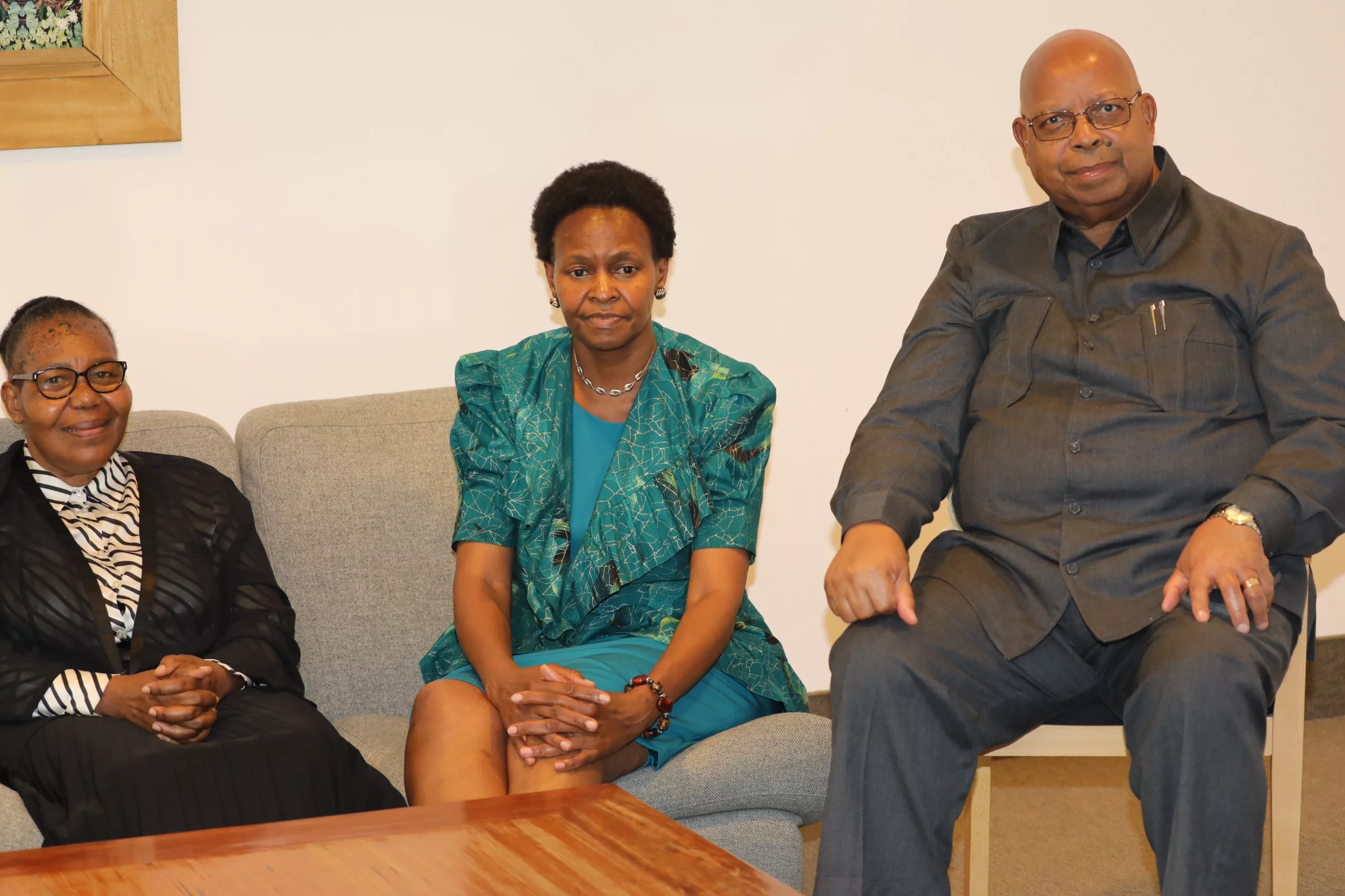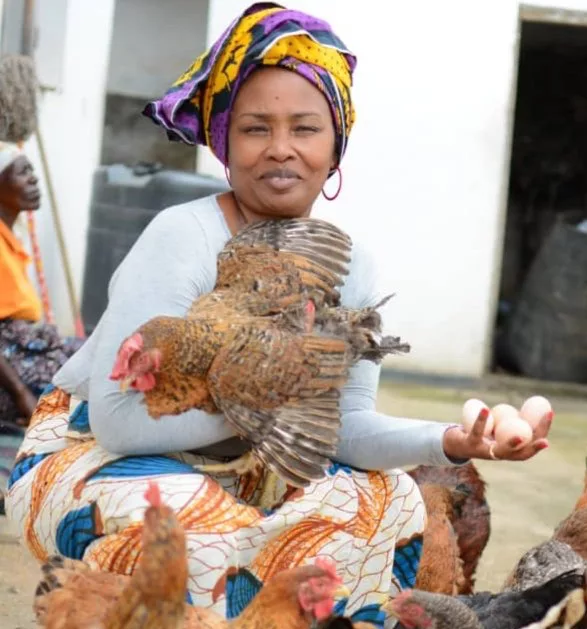SASKATOON, SASKATCHEWAN, CANADA — The International Wheat Conference will gather July 21-26 in Saskatoon, Canada, with a goal to strategise on ways to meet projected nutritional needs of 60% more people by 2050.
More than 800 delegates, including researchers from the CGIAR Research Program on Wheat, CIMMYT, the International Center for Agricultural Research in the Dry Areas (ICARDA), the International Wheat Yield Partnership (IWYP), Cornell University’s Delivering Genetic Gain in Wheat project (DGGW), the University of Saskatchewan and many other organisations worldwide will discuss research on wheat germplasm.
The CGIAR Research Program on Wheat (WHEAT), led by the International Maize and Wheat Improvement Center (CIMMYT), is a founding member of the G20 Wheat Initiative, a co-host of the conference.
“We must solve a complex puzzle,” said Martin Kropff, CIMMYT’s director general. “Wheat must feed more people while growing sustainably on less land. Wheat demand is predicted to increase 60% in the next three decades, while climate change is putting an unprecedented strain on production.”
According to CIMMYT, wheat provides 20% of all human calories consumed worldwide. In the global south, it is the main source of protein and a critical source of life for 2.5 billion people who live on less than $2 a day.
“The scientific community is tackling this challenge head-on, through global collaboration, germplasm exchange and innovative approaches,” Kropff said. “Researchers are looking at wheat’s temperature response mechanisms and using remote sensing, genomics, bio-informatics and other technologies to make wheat more tolerant to heat and drought.”
CGIAR and CIMMYT scientists will share the latest findings on:
- Approaches for measuring traits to speed breeding for heat and drought tolerance
- Breeding durum (pasta) wheat for traits for use in bread products
- New sources of diversity — including ancient wheat relatives — to create aphid-resistant wheat and other improved varieties
- DNA fingerprinting to help national partners identify gaps in improved variety adoption
For more information about the event, click here.
Source: WORLD-GRAIN.COM






